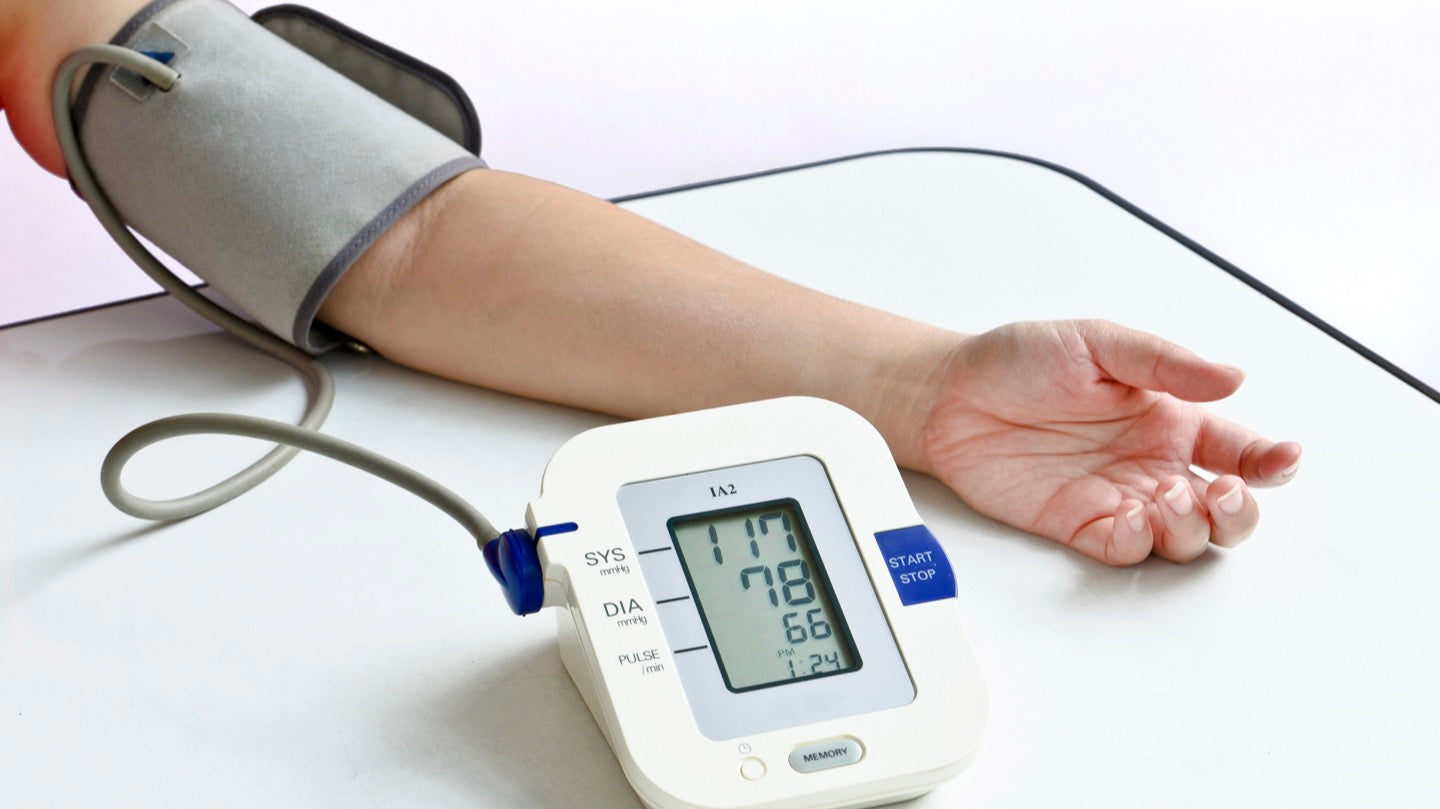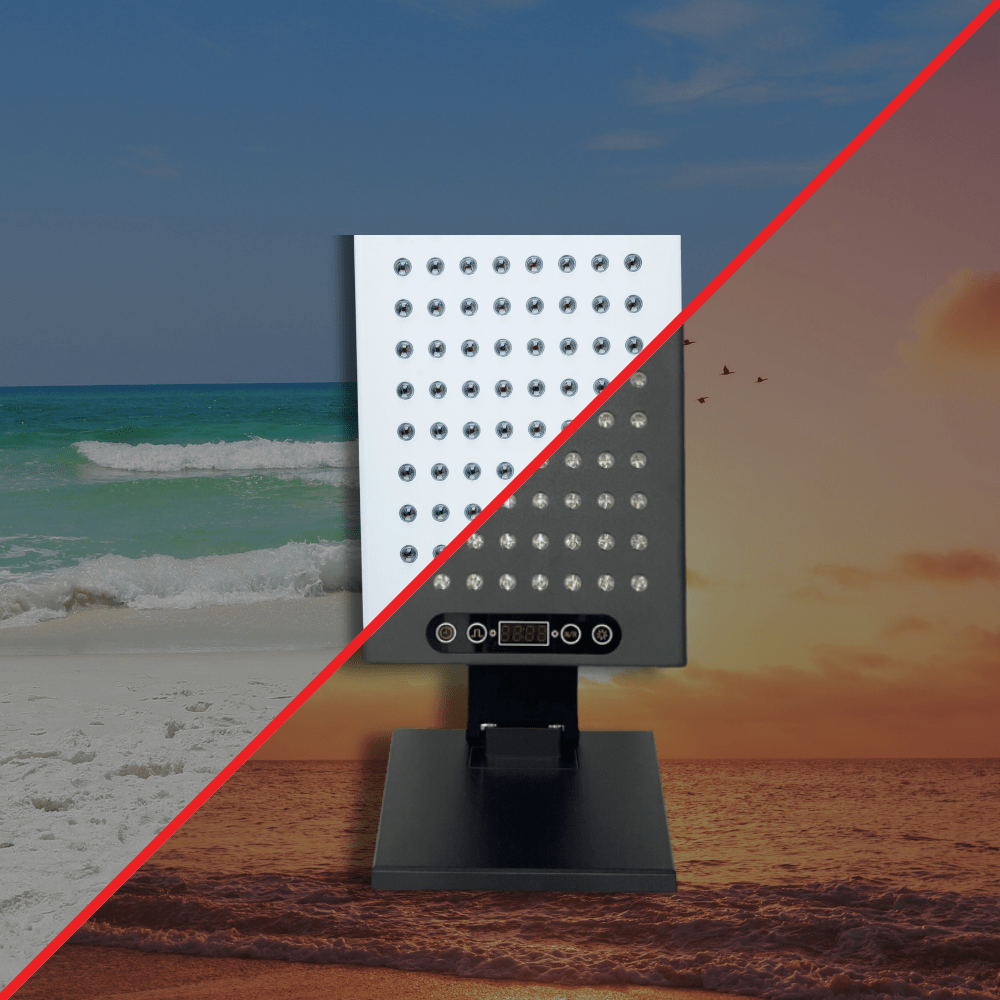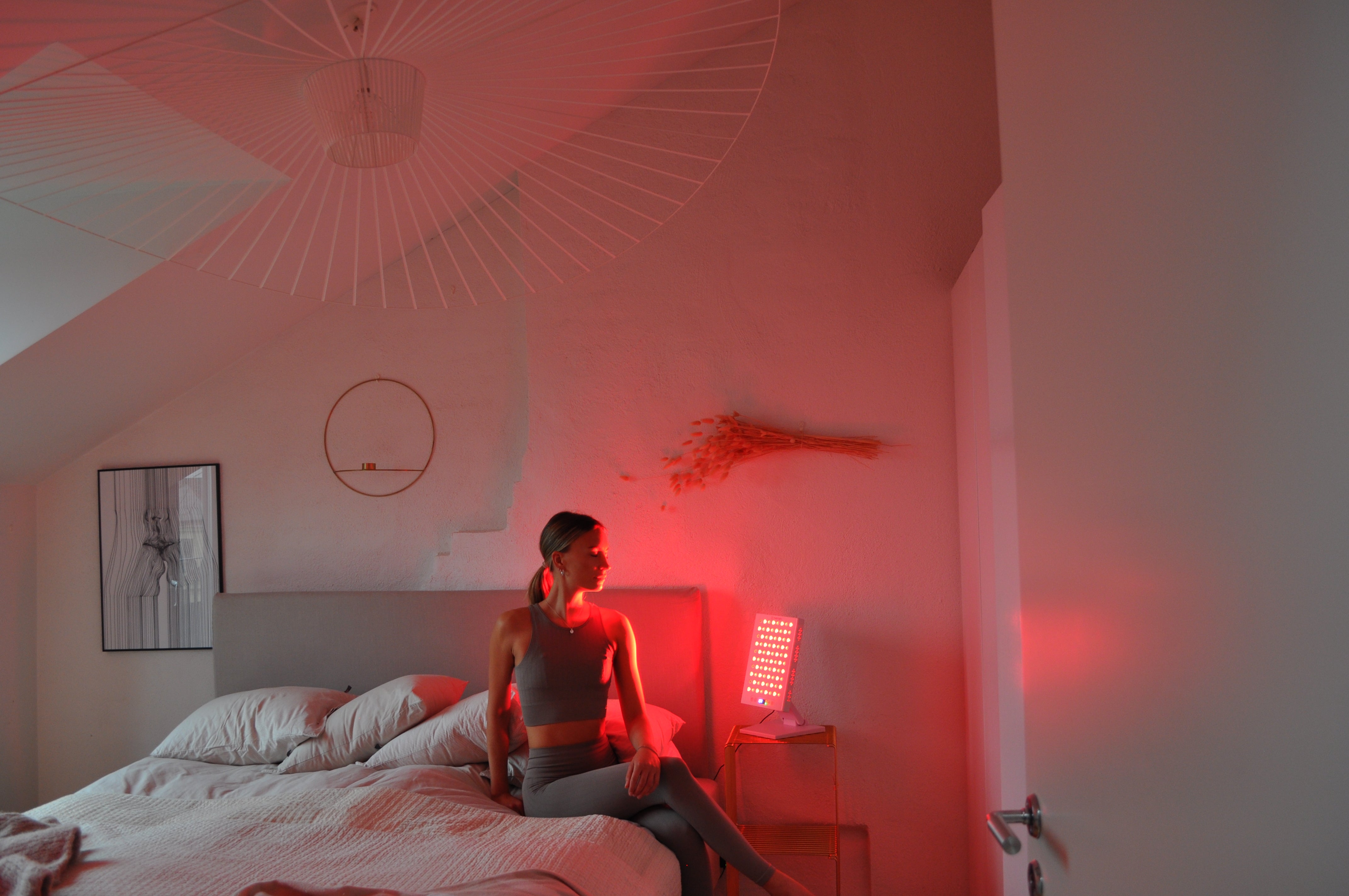Blood pressure is a central part of health. To meet the need for oxygenated blood to all the body's organs, the blood pressure in the large arteries must be kept at a steady level. Blood pressure regulation occurs through a collaboration of the autonomic nervous system, hormones, and local self-regulation in the vessel walls.
That is why there are so many factors that can affect blood pressure and how to manage it. Low blood pressure increases the risk of fainting and falls, and high blood pressure puts a lot of stress on the body. The latter is a much more common problem, and up to one million Swedes have high blood pressure without knowing it. Including those who have already been diagnosed, about one third of the adult population in Sweden has high blood pressure. One problem with hypertension, as it is also called, is that it usually goes unnoticed. Sometimes the affected person may experience headaches, dizziness, and nosebleeds, but usually the condition is completely unnoticeable. If blood pressure is elevated for a long time, the blood vessels are damaged and especially the kidneys are heavily burdened, which can lead to kidney disease. The risk of heart attack, brain hemorrhage, heart failure, and blood clots also increases with high blood pressure, so it is very important to keep it at the right level. Mortality increases at both extremes, and it is actually the blood pressure itself that determines this, not the possible underlying diseases.
High blood pressure can, for example, be caused by overweight, but it is precisely the blood pressure that increases mortality. If one can successfully lower it, even if the weight does not decrease, the risk of becoming seriously ill or dying from it is significantly reduced. That is why one should really take high blood pressure seriously and medicate if lifestyle changes and biohacking do not help all the way. Exercising, reducing stress, using a sauna, taking cold baths, meditating, experiencing desired physical contact, and laughing are all known blood pressure-lowering methods. A diet rich in fruits, vegetables, legumes, fish, olive oil, berries, nuts, and seeds has also been shown to lower blood pressure, and it is also important to maintain fluid balance. Regarding salt, some people are sensitive, so it is worth reducing the intake of sodium chloride found in table salt, sea salt, and rock salt as much as possible. Increasing the intake of potassium, magnesium, and calcium can also help, and sometimes supplements are justified to ensure a sufficient amount continuously. Mineral salt is also available in grocery stores, where part of the sodium chloride has been replaced with potassium chloride and magnesium chloride, which kills two birds with one stone. Sodium intake decreases while the amount of potassium and magnesium in the diet increases.
The normal blood pressure
Measuring blood pressure is easy since there are effective and accurate blood pressure monitors for home use. Everyone should have one at home and take a measurement now and then to quickly detect rising blood pressure. Also, take the opportunity to ask for a blood pressure measurement whenever you visit a doctor or nurse. They are more than happy to do it, as the knowledge about how important it is to detect high blood pressure early is very widespread in healthcare. You can often also purchase blood pressure measurement when doing blood tests, which can be ordered online. Take the opportunity whenever you can, and as mentioned, it is smart to invest in a blood pressure monitor for private use. The whole family can use it, and why not let relatives, friends, and acquaintances take a measurement when they visit? Bringing a blood pressure monitor to work to give everyone a chance to measure themselves is also often a very appreciated gesture of goodwill and care. Blood pressure is the pressure of the circulating blood against the vessel walls in the arteries and is divided into systolic and diastolic blood pressure. The systolic blood pressure is the highest pressure that occurs in the central vessels when the heart contracts and blood is pumped out from the left half of the heart. When the heart rests and fills with blood, between each heartbeat, the pressure is at its lowest, which is called the diastolic blood pressure. It is often easier to lower the diastolic blood pressure with medication, but both need to be lowered in hypertension. Normal systolic blood pressure in an adult is about 110-130 mmHg and diastolic pressure about 80 mmHg. A blood pressure higher than 140/90 mmHg on 2-3 different measurement occasions is diagnosed as hypertension. When measuring blood pressure, you should standardize as much as possible regarding the time and the position you are in. The blood pressure value varies over the day. It is lowest at night, rises during the morning hours and daytime, and then falls again in the evening. You can choose whether to measure lying down or sitting, but the important thing is to do the same each time to get comparable results. A good thing about measuring in a home environment is that you avoid the "white coat effect," i.e., that blood pressure is often somewhat higher when meeting medical staff wearing the classic white coat.
RLT (Red Light Therapy) and blood pressure
Blood pressure is largely regulated by the constriction (vasoconstriction) or dilation (vasodilation) of blood vessels. The latter is achieved with the help of nitric oxide (NO) as a signal, and the more nitric oxide, the more effectively blood pressure can be lowered. This was how the potency drug Viagra was initially discovered, as researchers were looking for a substance that could increase the amount of nitric oxide in the vessels and thereby lower blood pressure. They succeeded, and as a side effect, the blood vessels in and around the genital organs were also affected. The result was that the drug was instead launched as a treatment for male erectile problems. Research has shown that RLT can also increase the amount of available nitric oxide in the vessels (1), and it seems that it is primarily the near-infrared light (NIR) that does the job, although the red light also appears to be significant. In one study, it was observed that microcirculation increased by 27% during treatment and rose to as much as 54% during the 20-minute follow-up period (2). Regarding the effect of RLT on high blood pressure, there are plenty of animal studies showing powerful effects (3, 4). A very interesting study on patients with high blood pressure showed that even blue light could have a good effect. This light has shorter wavelengths than red light but still seems to penetrate deeply enough into the body to affect the nitric oxide content of blood vessels (5). Perhaps the most effective for lowering blood pressure would be the entire spectrum from blue light to NIR? The sun's rays provide us with this, so maybe that is why the sun has such fantastic blood pressure-lowering properties? Overall, it is well established that RLT can lower blood pressure in those suffering from hypertension and, at the same time, very likely reduce the risk of a person being affected in the first place (6). It is worth mentioning that not everyone with high blood pressure will experience an effect from RLT and will need to focus on the other available tools. According to one article, about 80% of blood pressure patients will experience a reduction from RLT, but around 20% notice no difference (7).
- Shinya Yokomizo 1 2, Malte Roessing 3 4, Atsuyo Morita 4, Timo Kopp 3 4, Emiyu Ogawa 5, Wataru Katagiri 6, Susanne Feil 3, Paul L Huang 4, Dmitriy N Atochin 4, Satoshi Kashiwagi 1 FASEB J. Near-infrared II photobiomodulation increases nitric oxide bioavailability through phosphorylation of endothelial nitric oxide synthase. 2022 Sep;36(9):e22490. doi: 10.1096/fj.202101890R.
- Lilach Gavish 1 2, Oshrit Hoffer 3, Neta Rabin 4 5, Moshe Halak 6, Simon Shkilevich 7, Yuval Shayovitz 7, Gal Weizman 7, Ortal Haim 3, Benjamin Gavish 8, S David Gertz 1 2, Zehava Ovadia-Blechman 7 Microcirculatory Response to Photobiomodulation-Why Some Respond and Others Do Not: A Randomized Controlled Study. 2020 Nov;52(9):863-872. doi: 10.1002/lsm.23225. Epub 2020 Feb 17. Lasers Surg Med.
- T F De Moraes 1, J C C Filho 1, J C Oishi 1, L Almeida-Lopes 2, N A Parizotto 3, G J Rodrigues 4 Lasers Med Sci. Energy-dependent effect trial of photobiomodulation on blood pressure in hypertensive rats. 2020 Jul;35(5):1041-1046. doi: 10.1007/s10103-019-02883-5. Epub 2019 Oct 29.
- Lasers Med Sci. Tereza C Buzinari 1 2, Thiago F de Moraes 3, Evelin C Cárnio 4, Luciana A Lopes 5, Helio C Salgado 6, Gerson J Rodrigues 3. Photobiomodulation induces hypotensive effect in spontaneously hypertensive rats. 2020 Apr;35(3):567-572. doi: 10.1007/s10103-019-02849-7. Epub 2019 Aug 8.
- Manuel Stern 1, Melanie Broja 1, Roberto Sansone 1, Michael Gröne 1, Simon S Skene 2, Joerg Liebmann 3, Christoph V Suschek 4, Matthias Born 3 5, Malte Kelm 1, Christian Heiss 1 2 6. Blue light exposure decreases systolic blood pressure, arterial stiffness, and improves endothelial function in humans. Eur J Prev Cardiol. 2018 Nov;25(17):1875-1883. doi: 10.1177/2047487318800072. Epub 2018 Sep 10.
- Yevhen L Kovalenko 1, Lesya A Rudenko 2, Oksana K Melekhovets 1, Antonina D Chepeliuk 1, Iurii V Melekhovets 1. Efficiency of hyperuricemia correction by low level laser therapy in the treatment of arterial hypertension. Wiad Lek. 2018;71(7):1310-1315.
- Yoshiharu Umeda BLOOD PRESSURE CONTROLLED BY LOW REACTIVE LEVEL DIODE LASER THERAPY (LLLT). LASER THERAPY/Volume 2 (1990) Issue 2/Article overview
Author: Fredrik Paulún
The studies and research presented here are conducted by independent researchers and institutes. Nutrilight does not fund these studies and has no connection to their execution. These studies generally concern photobiomodulation and are not specifically related to Nutrilight's products.






Share:
RLT and addiction
RLT and cardiovascular health